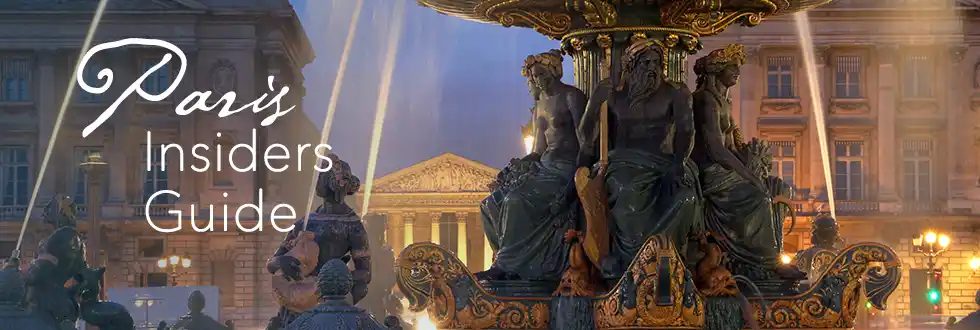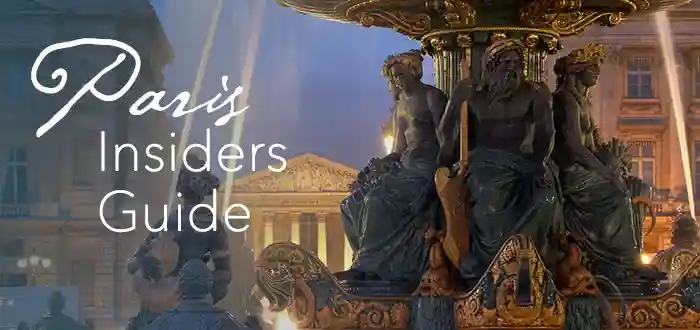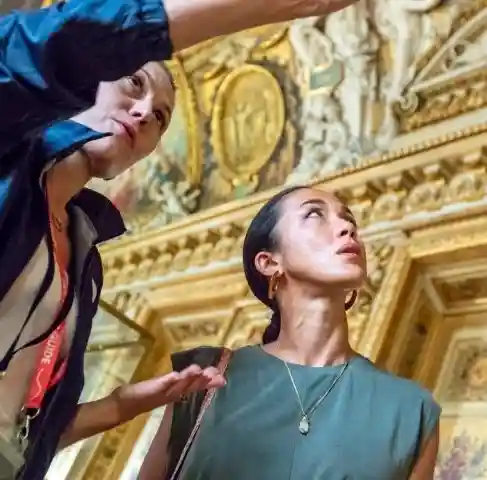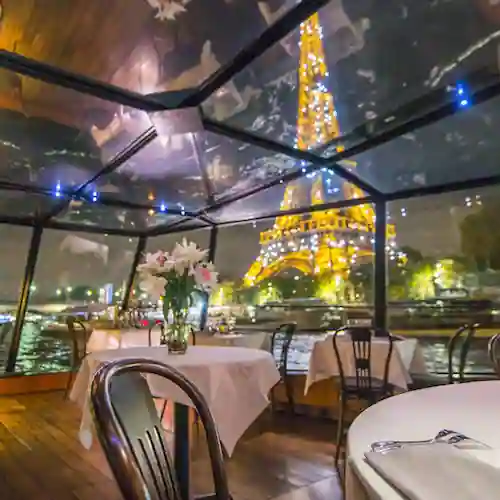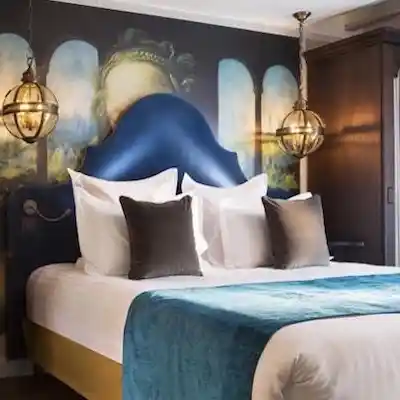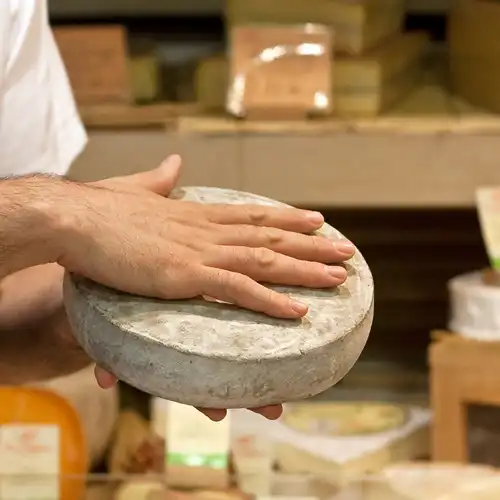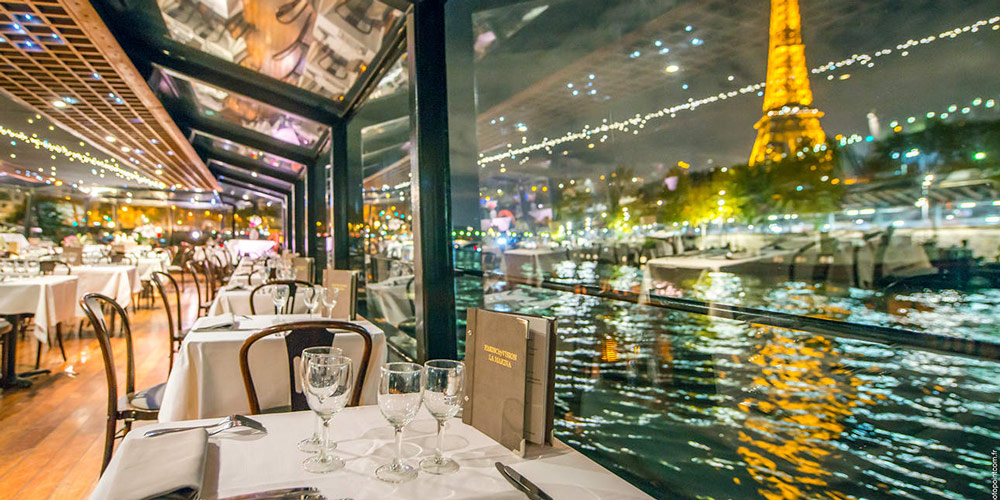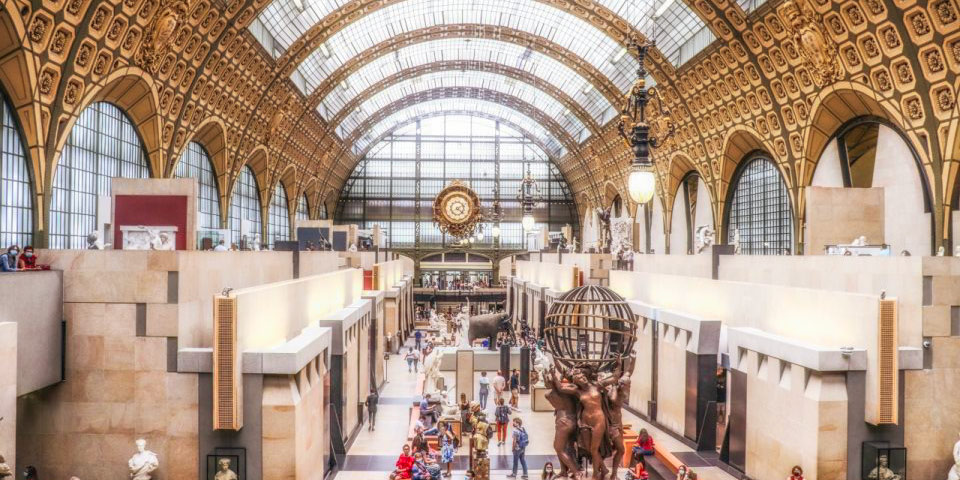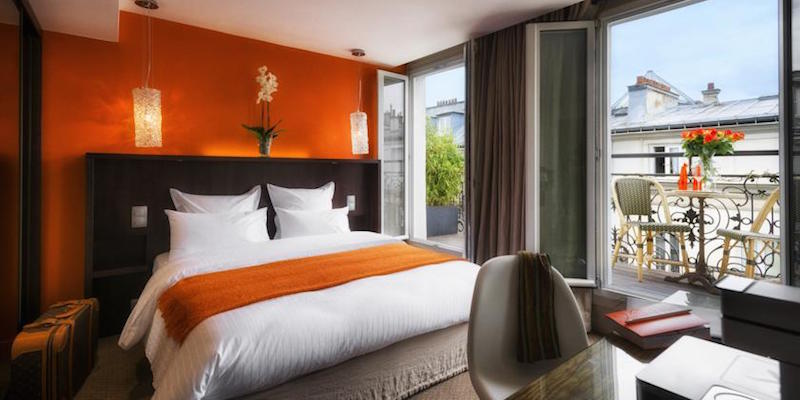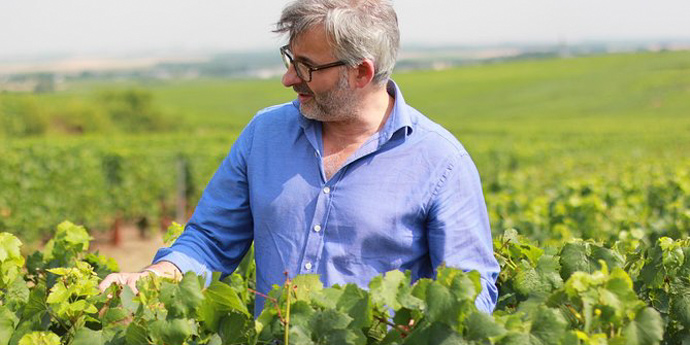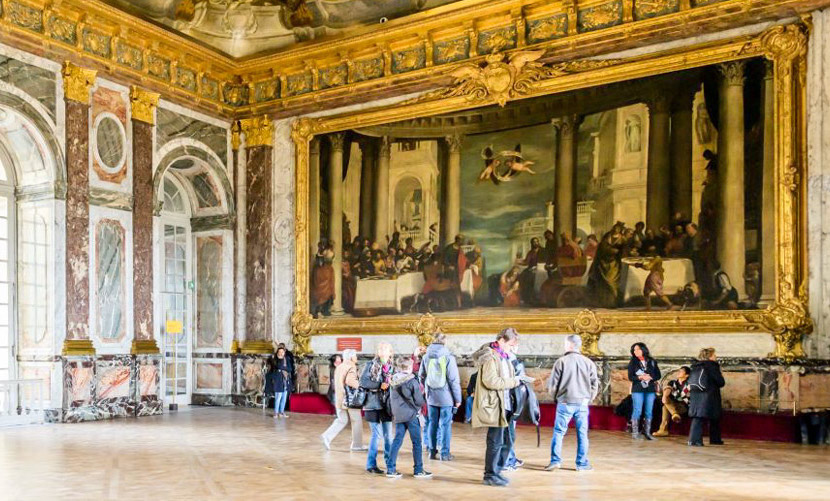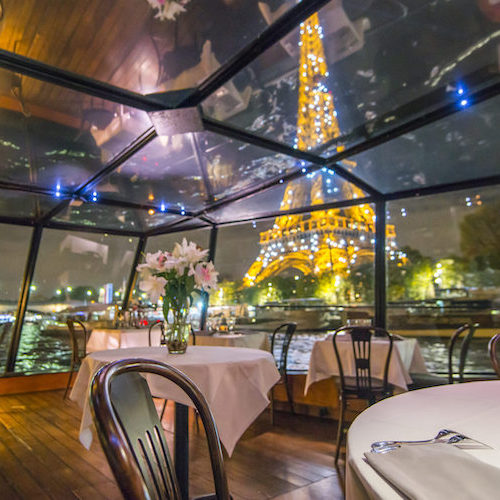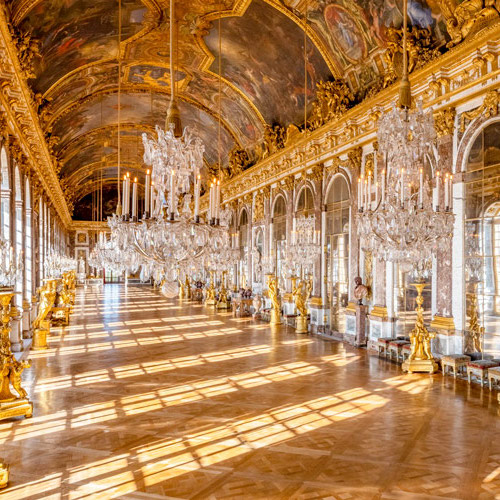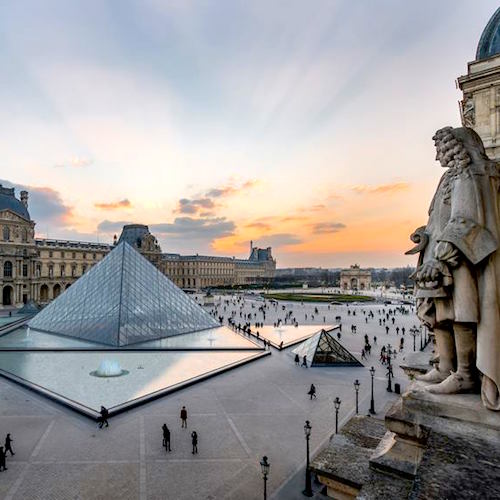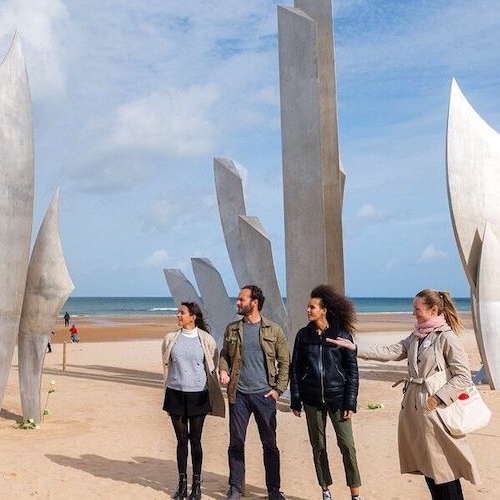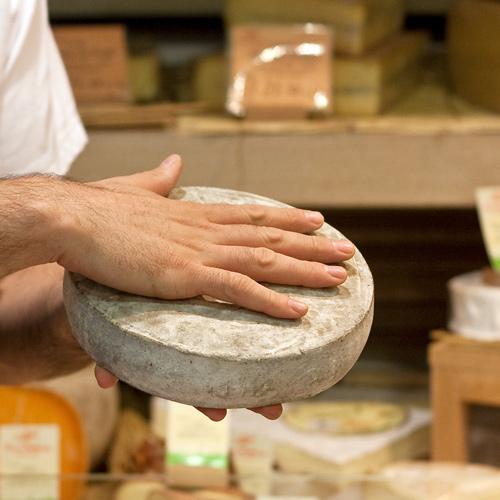The Rodin Museum In Paris – The Thinker And Much More
There's really no other museum like it in Paris. Musée Rodin, located in a classic 18th-century mansion called Hôtel Biron, is tucked in behind Les Invalides in the 7th Arrondissement, just a twenty-minute walk from the crowds of the Eiffel Tower. The creamy, two-story hôtel particulier overlooks seven acres of bucolic lawns, rose gardens, and rows of perfectly-pruned trees dotted with sculptures by Rodin.
![]()
Our Top-Rated Museum Tours in Paris
1. Rodin Museum Guided Tour… Visit the gardens & house of the master sculptor
2. 3-Hour Louvre Semi-Private Tour… Feel like a VIP on a small group tour
3. Musée d'Orsay Impressionist Tour… The top-rated museum tour in Paris
4. The Paris Museum Pass… Free entry to over 60 museums and monuments
Rodin Museum Guided Tour
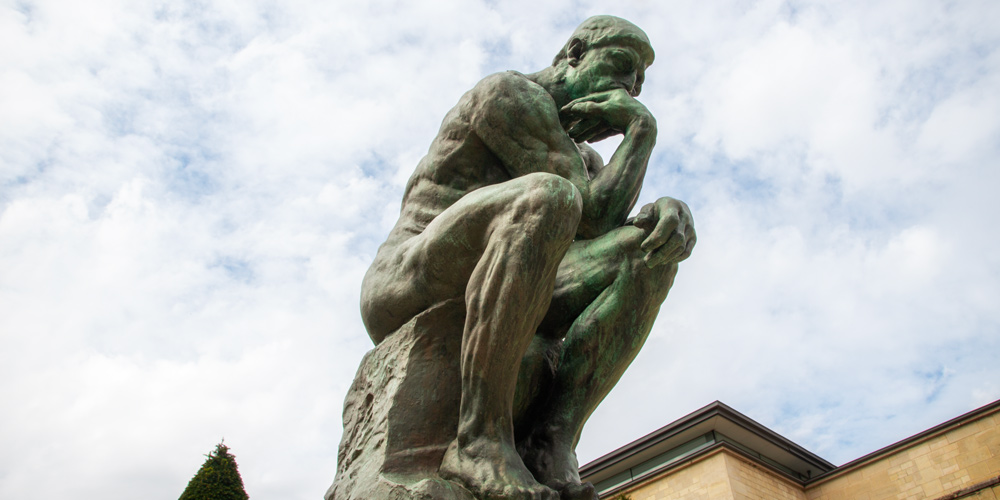 View The Thinker & other works by Rodin on a guided tour
View The Thinker & other works by Rodin on a guided tour
To get the most out of your visit to Musée Rodin sign up for this guided tour led by an art expert. You learn the stories and secrets behind the most iconic works by Auguste Rodin and the artwork he collection. There's a lot to see here — the rooms are studded with sculptures and a selection of the more than 200 paintings that Rodin had accumulated over his life — but your guide helps you understand both the artist and his work.
Inside Musée Rodin
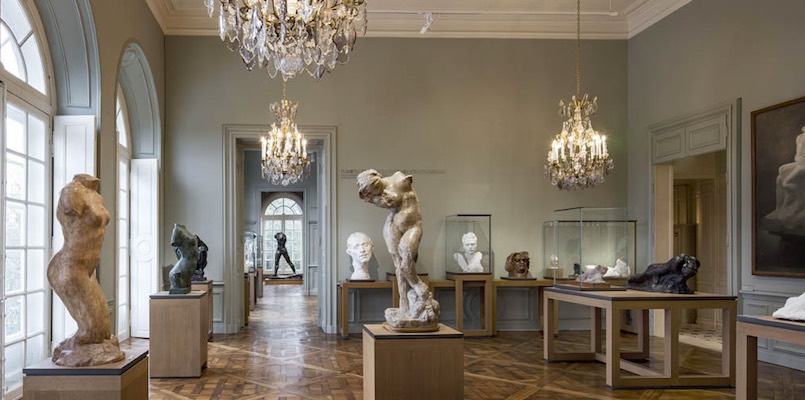 Inside Musée Rodin, photo Musée Rodin
Inside Musée Rodin, photo Musée Rodin
Although many consider the gardens to be the star of the show, the renovated interior space — with its massive bay windows that stretch from floor to ceiling and flood the rooms with light — perfectly showcases Rodin's restored sculptures, his antiques, and the paintings from his personal collection. A visit to the Rodin Museum is one of the better ways to spend a leisurely afternoon in Paris.
![]()
|
Paris Dinner Cruises on the Seine Dine in style as you glide past the Eiffel Tower, Notre-Dame, and the Louvre on a magical Seine River cruise. Gourmet food, champagne, and Paris lit up at night – it’s unforgettable. |
|
Paris Dinner Cruises on the Seine Dine in style as you glide past the Eiffel Tower, Notre-Dame, and the Louvre on a magical Seine River cruise. Gourmet food, champagne, and Paris lit up at night – it’s unforgettable. |
La Renovation
 In the gardens of the Rodin Museum, photo by Mark Craft
In the gardens of the Rodin Museum, photo by Mark Craft
Like many things in Paris, this museum just keeps getting better. In 2015 the Rodin Museum re-opened after an extensive €16 million renovation. During the three-year refresh, Rodin's works were restored and his remarkable personal collection of paintings and antiques were added to the Hôtel Biron.
The former harsh white walls were repainted in a soothing color palette courtesy of Farrow & Ball paints. In fact, after much color testing, Farrow & Ball created a new color, Biron Gray, as a perfect tone to highlight the artwork.
The renovated Hôtel Biron spreads across eighteen rooms, and shows the chronological order of Rodin's life. The room called Rodin at the Hôtel Biron shows the space exactly as it was when he lived there, including the original furniture. The overall effect feels more like a peaceful country chateau than a Paris museum.
The Flow of the Rodin Museum
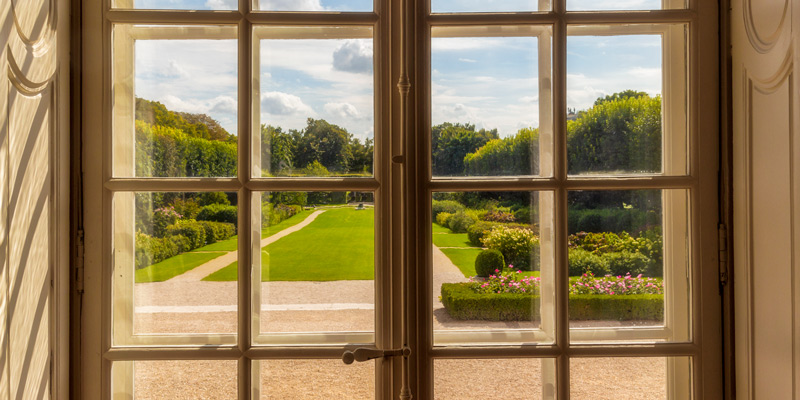 Viewing the gardens, photo by Mark Craft
Viewing the gardens, photo by Mark Craft
Starting on the ground floor, as soon as you enter you turn left to begin the chronological order of Rodin's life — room one, His Beginnings; room two, His Early Career. As you then progress from rooms three to eight you come to Emergence of a Sculptor, Artistic Circle, The Gates of Hell, Public Monuments, 1889 Fame, Rodin at the Hôtel Biron.
Up on the second level (called the first floor in France, premiere étage) your tour continues in rooms eleven to eighteen, called respectively: Hugo & Balzac, Rodin & Carriere, The Art of Portraiture, Monet & van Gogh, 1900 Rodin's Glory, Assemblage & Variation, Enlargement & Fragmentation, Camille Claudel, Rodin & Antiquity, Towards the 20th Century.
Your visit should now continue outside of the mansion, in the sculpture garden. Scattered throughout the gardens are thirty bronzes, including his key masterpieces — The Burghers of Calais, The Gates of Hell, The Thinker, and Balzac.
![]()
Discover What's On When You're Here...
• January... |
• February... |
• March... |
• April... |
• May... |
• June... |
• July... |
• August... |
• September... |
• October... |
• November... |
• December... |
Discover What's On When You're Here
• January...
|
• February... |
• March... |
|---|---|---|
• April... |
• May... |
• June... |
• July... |
• August... |
• September... |
• October... |
• November... |
• December... |
The Battle for Hôtel Biron
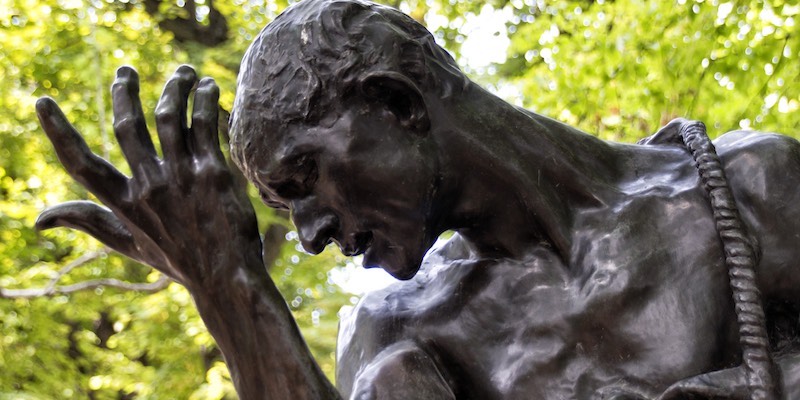 Rodin, Burghers of Calais (detail), photo by Mark Craft
Rodin, Burghers of Calais (detail), photo by Mark Craft
Project yourself back to 1908. That's when Rodin visits the Hôtel Biron and falls in love with the space and its rambling gardens. At the time it is a dilapidated building, owned by the French state, used as a boarding house for poor artists, poets, and performers. Among them are, at various times, Henri Matisse, Jean Cocteau, and Isadora Duncan.
For the next three years, Rodin rents four of the ground-floor rooms for his studio. In 1911 the state evicts the artists and slates the mansion for demolition, but Rodin battles to save the building. His trump card? He will leave his entire estate to the French state on one condition. His artwork must be housed at Hôtel Biron.
In 1916, when Rodin donated his lifeworks including copyrights to the French state, he created the only French national museum that is the legal successor of an artist. The Rodin Museum was able to fund itself solely from his works. Sadly, Rodin didn't live to see his museum realized. The Musée Rodin opened in 1919, two years after his death.
![]()
|
Skip the lines and join an expert-led tour through the Musée d'Orsay — home to Van Gogh, Degas, and Monet. It’s the ultimate walk through 19th-century art in a grand old train station. |
|
Skip the lines and join an expert-led tour through the Musée d'Orsay — home to Van Gogh, Degas, and Monet. It’s the ultimate walk through 19th-century art in a grand old train station. |
Rodin & The 1900 Paris Expo
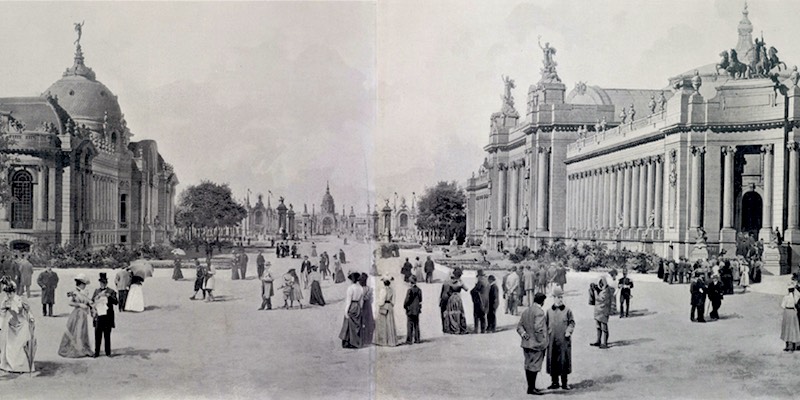 The Grand Palais (L) and Petit Palais (R) at the 1900 Paris Exposition Universelle
The Grand Palais (L) and Petit Palais (R) at the 1900 Paris Exposition Universelle
"He is by far the greatest poet in France," wrote Oscar Wilde. By 1900, Rodin had emerged as the foremost sculptor in France. His pavilion at the Paris Expo of that year, though outside the exposition grounds, caused a sensation. Long lines of admirers came to pay tribute to the artist who had successfully defied the skeptics. In the minds of the critics and the public, Rodin represented the pinnacle of French artistic genius.
For years, Rodin and his assistants had worked at a frantic pace on his most ambitious work for the 1900 exposition — La Porte d'Enfer, The Gates of Hell. Originally commissioned for the Museum of Decorative Arts, Rodin expanded The Gates of Hell into an immense autobiographical dream-like montage with over 180 figures.
A number of works first presented in miniature would emerge in full size throughout his career, including The Kiss (originally intended for the Gates). At the very top of the Gates is The Thinker. Rodin would never complete this work — La Porte d'Enfer would remain unfinished.
![]()
|
Browse our hand-picked Paris hotel deals with real-time discounts of up to 20%. Stay in the Marais, Saint Germain, the Latin Quarter, the Left Bank near the Eiffel Tower… every arrondissement is on the list. |
|
Browse our hand-picked Paris hotel deals with real-time discounts of up to 20%. Stay in the Marais, Saint Germain, the Latin Quarter, the Left Bank near the Eiffel Tower… every arrondissement is on the list. |
Highlights of the Rodin Museum Paris
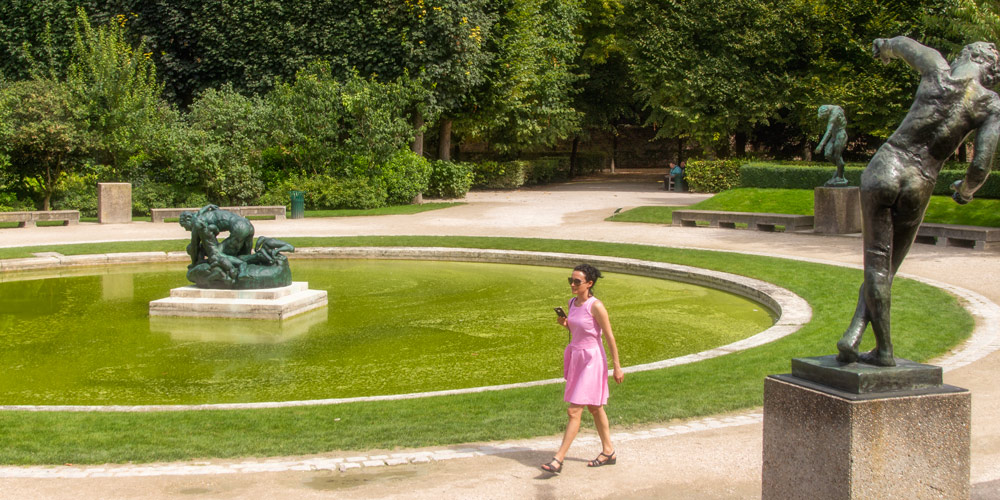 In the gardens of the Rodin Museum, photo by Mark Craft
In the gardens of the Rodin Museum, photo by Mark Craft
Unlike, say, the Louvre, it's easy to cover the highlights of the Rodin Museum in a leisurely afternoon. It's wonderful to realize that Rodin himself curated the museum. These are the pieces he wanted future generations to see.
Ten Sculptures By Rodin
- Young Girl With Flowers In Her Hair – 1870
- The Age Of Bronze – 1877
- The Gates Of Hell – 1890-1900
- The Three Shades – 1886
- The Thinker – 1903
- Monument To Balzac – 1898
- Eternal Springtime – 1884
- Farewell – 1898
- Fugit Amore – 1885
- Crouching Woman – 1908
![]()
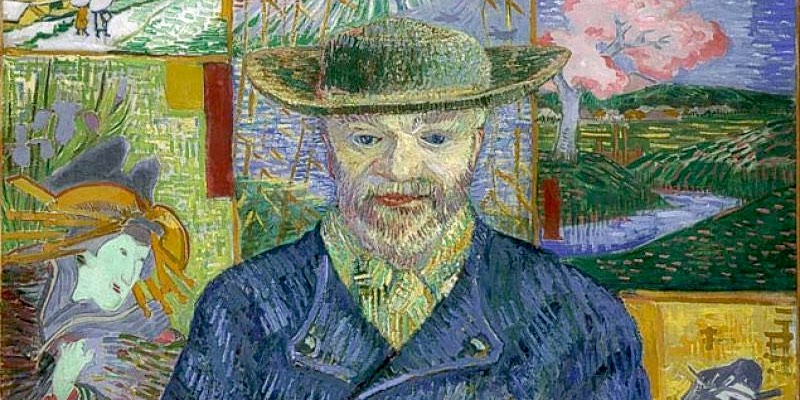 Vincent Van Gogh, Père Tanguy (detail)
Vincent Van Gogh, Père Tanguy (detail)
![]()
Ten Paintings from Rodin's Personal Collection
- Claude Monet, Belle-Ile – 1886
- François Lemoyne, Diana Returning From The Hunt, Or The Evening – 1729
- Auguste Renoir, Nude In The Sunlight – 1880
- Vincent Van Gogh, Pere Tanguy – 1887 (detail above)
- John Singer Sargent, Portrait Of Rodin – 1884
- Eugène Carriere, Woman Combing Her Hair Seen From Behind – 1889
- Edvard Munch, Rodin's Thinker In Dr Linde's Garden In Lübeck – 1907
- Vincent Van Gogh, The Harvesters – 1888
- Alexandre Falguière, Seated Diana – 1878
- Auguste Rodin, Golden Twilight On The Dunes In The Forest Of Soignes – 1871 To 1877
![]()
|
Escape to the Land of Bubbly on a small-group day tour from Paris. Taste at top Champagne houses, meet boutique producers, enjoy a leisurely lunch, and toast to a perfectly sparkling day. |
|
Escape to the Land of Bubbly on a small-group day tour from Paris. Taste at top Champagne houses, meet boutique producers, enjoy a leisurely lunch, and toast to a perfectly sparkling day. |
Rodin's Early Life & Rise to Fame
Talk about rejection! Rodin applied three times to École des Beaux-Arts, but each time his application was denied. Instead he worked as a commercial artist, as a plasterer, and as a stone mason. He met Jean-Baptiste Carpeaux (1827-1875), the greatest French sculptor of the time, and then apprenticed with sculptor Albert-Ernest Carrier-Belleuse (1824-1887). But Rodin's works continued to be rejected by the Paris Salon (the annual, government-sponsored art show in Paris). Rodin travelled through Italy and had an aha! moment when he saw Michelangelo's David in Florence.
Although Rodin had many lovers, his long-time companion was Rose Beuret. She was an early, important model for him, appearing in Young Lady with Flower Hat. Their only son, Auguste-Eugène (1866-1934) had a serious head injury as a toddler and would never recover his mental faculties. Rose and Auguste finally married on January 29, 1917. She died three weeks later. Rodin himself died ten months after Rose, on November 17, 1917.
Rodin & Camille Claudel
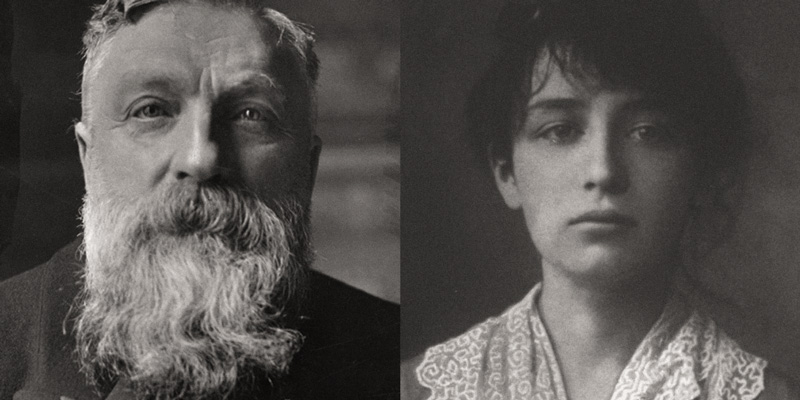 Rodin & Camille Claudel
Rodin & Camille Claudel
It was one of the most torrid romances of the 19th century. She was a beautiful, young sculptress, he was her teacher. For five years, from 1884 to 1889, Rodin took inspiration from their sexual relationship and created many sculptures about their affair.
Camille Claudel wanted to be more than his assistant and lover. A contract from October 1886 shows a promise from Rodin; he says he will end all other relationships (with all his former models and with Rose) to marry Camille. The contract was never fulfilled. In her work, L'Age Mûr (1894), Camille Claudel depicts the love triangle between Rodin, Rose, and herself. By the time Rodin's The Kiss was presented at the 1898 Salon, their affair had ended.
It wasn't long after that Camille began her descent into mental illness. She destroyed many of her sculptures and drawings. In March 1913 Camille was committed to a mental hospital where she stayed until her death in 1943. The Rodin Museum houses a collection of the works of Camille Claudel. The 1988 film, Camille Claudel with Isabelle Adjani playing the title role, is an emotional, gut-wrenching examination of her life.
![]()
Our Top-Rated Paris Experiences
Rodin Museum Paris, Resources
- Timeline – Rodin and the World…
- Auguste Rodin – His Life, His Work…
- Rodin's Approach To Art…
- Camille Claudel – An Unbelievable, Tragic Life…
Practical Information
- 77 rue de Varenne, 7th Arrondissement
- Open Tuesday to Sunday, 10:00 am to 5:45 pm. The last ticket is sold at 5:15 pm.
- Website…
Paris Planning Guides
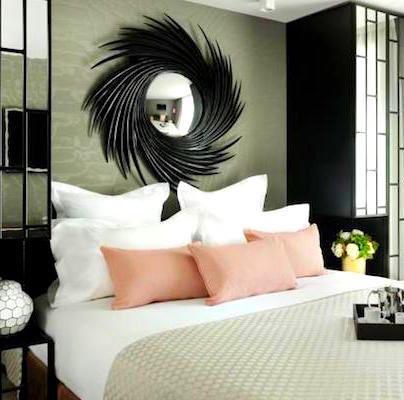 Latin Quarter Hotels
Latin Quarter Hotels |
 Book an Airport Transfer
Book an Airport Transfer |
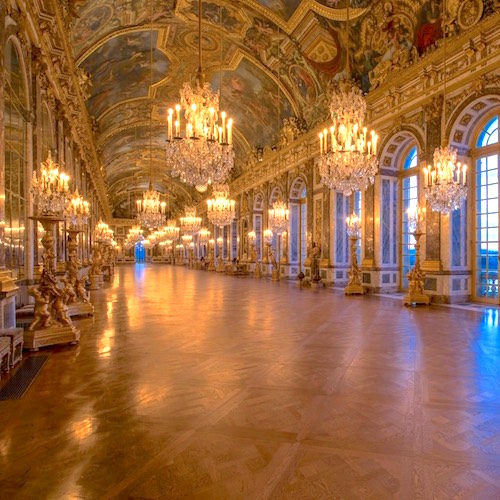 Visiting Versailles
Visiting Versailles |
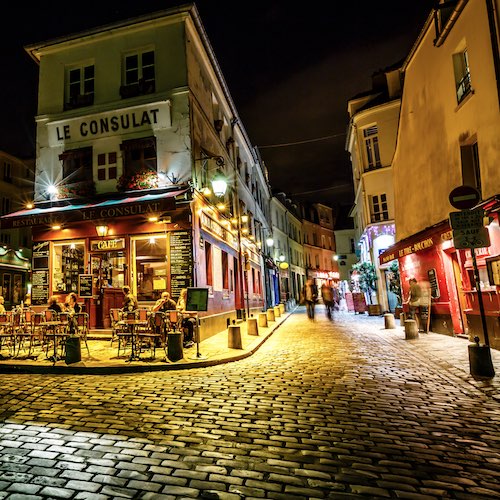 Montmartre Guide
Montmartre Guide |
